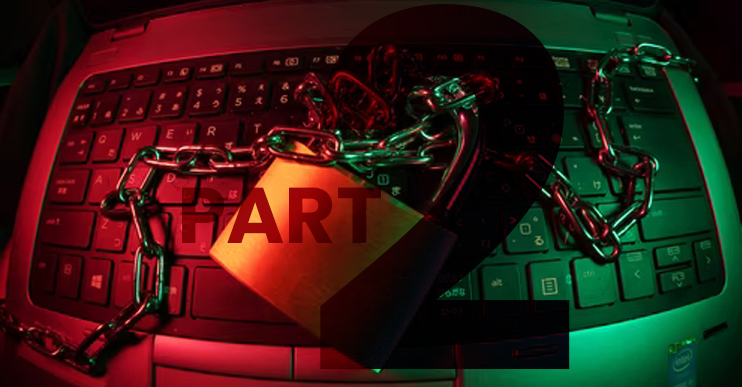October is Cybersecurity Month here at WW Works.
Here’s the second part of our month-long series to help you stay safe while you are online. If you haven’t seen Part 1, click here and check them out.
9 Use Firewalls
First things first, what is a firewall? A firewall is network security that oversees incoming and outgoing traffic that either permits or blocks data based on established security standards. Based on these security standards, a firewall will detect activity from suspicious sources to prevent attacks.
There are many types of, and options for, firewalls, so it is best to do research to determine which the best option is for your organization. Alternatively, you can hire a professional who can evaluate your specific circumstances and recommend the most appropriate solution for your organization.
10 Monitor your third parties
If you choose to hire a managed service provider (MSP) for your IT, be diligent in your hiring process and ensure you remain up to date with their solutions. At WW Works, we conduct monthly service reviews to meet with our clients, update them on our practices, and find out about any news in their organization that may change our IT implementation.
Like your MSP, you should also ensure other third-party organizations that have access to your systems or information have also implemented sufficient IT. Don’t be afraid to have a conversation regarding IT implementation before moving forward in granting third parties’ access into your organization. Better safe than sorry!
11 Implement MFA
MFA, or multi-factor authentication, is a layered security approach wherein a user must provide multiple, usually two, pieces of evidence to gain access into a device or digital program. This can be in the form of an app used to grant access, or a one-time security code or password. Using MFA can ensure you are who you say you are, and to prevent hackers from easily accessing your account. MFA is also referred to as 2FA, or two-factor authentication.
12 Conduct regular vulnerability scans
A vulnerability scan is a scan conducted to your server, website, or internal system to identify any vulnerabilities that exist that could wreak havoc. By regularly conducting vulnerability scans, you can remain on top of any vulnerabilities that become apparent and remain proactive in handling them.
A vulnerability scan can be conducted through a managed service provider, or through a software you can purchase from an online provider. If you have an in-house IT department or person who oversees the IT in your organization, they may also be able to conduct vulnerability scans on a regular basis.
13 Don’t think “it won’t happen to me”
One of the biggest problems among small and medium businesses is the belief that they are too small and insignificant to be the target of a cyberattack. However, small businesses comprise a significant number of cyberattacks as hackers recognize the lack of sufficient IT infrastructure in place.
The most vulnerable to these attacks are organizations that hold sensitive data, such as personal information on patients or customers, valuable intellectual property, and research data. The average cost of a cyberattack for a small business is $200,000, with long-tail costs occurring for several years post-attack. Unfortunately, many small businesses cannot withstand the consequences of an attack with half of small business victims closing within 6 months of an attack.
https://us.norton.com/internetsecurity-privacy-what-is-a-vpn.html
14 Test your organization
One of the most effective ways to identify the security within your organization is to perform a “cyberattack” or test your employees’ cyber awareness. This may include sending your employees a “spam” email or monitoring how frequently they are changing their passwords in compliance with your standards.
By doing so, you can identify the weak points in your organization and seek to rectify them. This could stem from your employees, or it could be an issue with the lack of security around your network.
15 Strategically determine your cybersecurity budget
It is very important that you identify all the solutions your organization will pursue to uphold the most effective cybersecurity possible. It is recommended that you consult a security professional or find a reliable online tool to help you in this process. If you will be overseeing cybersecurity on your own without external help, it is important to identify things like how frequently you will perform backups, which information requires extra encryption, and who should have access to sensitive files. Once this protocol has been developed, it is important that you remain loyal to the duties and continuously revisit to stay up to date with evolving internal and external needs.
16 Keep your cybersecurity practices straightforward
It is important that your cybersecurity practices are clear and straightforward so each member of the organization can do their part to maintain the security of the company. It is best if these practices are written down and distributed so they can be referenced back to when necessary.
These policies will vary across organizations, so determine the policies based on your specific requirements. Make sure you continue to update your regulations as the technological landscape evolves, and make your employees aware of these changes.
———-
Stay tuned for the next tips next week!






